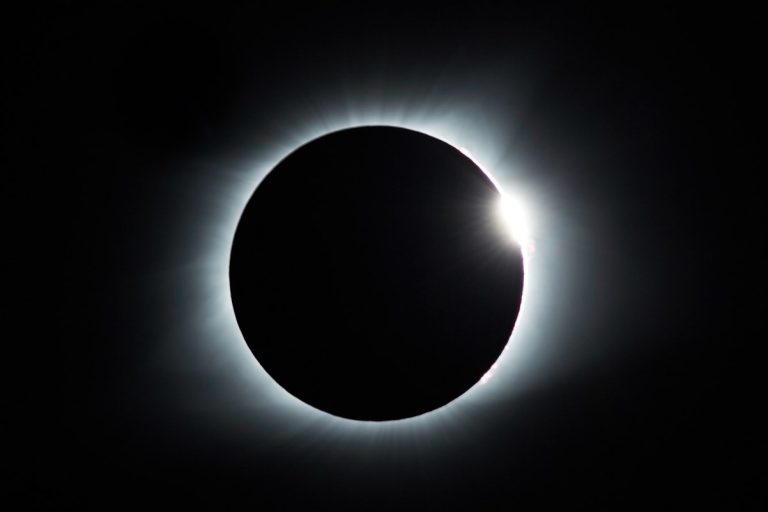The world is prepared for this year’s solar eclipse just as they did on August 21, 2017 —- this actually happened in the United States of America; same date as it’s being anticipated this year — on April 8 2024. North American countries such as Canada and Mexico will also experience the totality of the eclipse. For better clarity on this year’s solar eclipse, four websites were used; which are Astronomy.com, USA TODAY, The Planet.Org and Hindustan Times.
Here are some amazing facts about solar eclipse 2024:
- Solar eclipse 2024 will be more exciting than 2017 because of its timing, path and scientific research. When the sun is blocked by the moon, the path in which people can view the corona (outer atmosphere) is wider than the 2017 eclipse.
- This year’s eclipse path will range from 108 to 122 miles. In 2017, the moon was a little bit far away, ranging about 62 to 71 miles. But for 2024, it will cover more ground.
- Many people will be able to witness this year’s solar eclipse. Hopefully about 32 million people living in the path of totality will be able to witness the eclipse.
- In North America, the moon will cross the earth and sun which will darken the sky — causing total eclipse. In other words, a solar eclipse happens when the moon passes between earth and the sun; it obscures the view of the sun partially or totally.
- The total eclipse will fall in the afternoon — the affected regions will experience darkness in this period.
- The earth is the only planet that experiences a total solar eclipse due to the distance and size of the sun and the moon.
- The outermost part of the sun (corona) can be viewed during the total eclipse; it is impossible to see it with the naked eye because it is covered with the bright light of the sun.
- Solar eclipse affects the shadow of the moon in two ways; the umbra (the darker inner shadow) — when the sun’s light is blocked in the umbra, it ends in total eclipse; if it is in the penumbra (outside the moon’s shadow) it is a partial eclipse.
